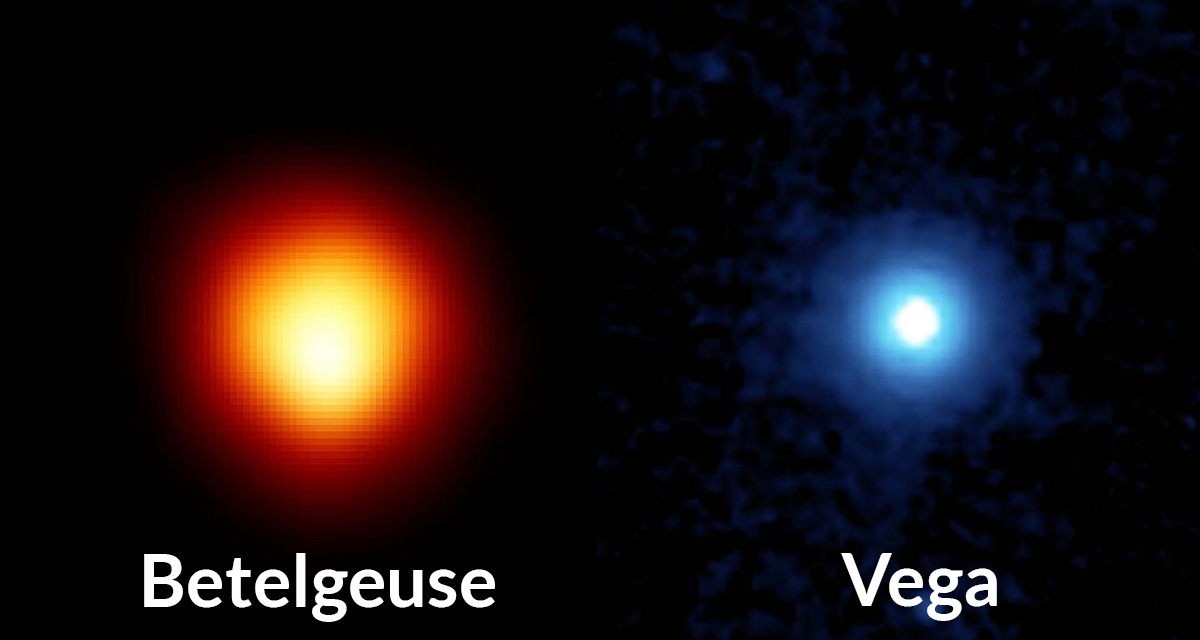Red Stars Versus Blue Stars

Astrophysicists use Doppler effect to determine whether a celestial body is moving towards us or away from us. An object that moves away from us is Doppler redshifted since its observed wavelength is greater than its actual wavelength. Similarly, an object that moves towards us is Doppler blueshifted , since its observed wavelength is less than its actual wavelength.
True or false:
Stars such as Betelgeuse, and Antares, appear red because they are moving towards us. Similarly, stars such as Rigel, Sirius, and Vega appear blue because they are moving away from us.
Image credits: Pixabay and Wikimedia Commons JPL
This section requires Javascript.
You are seeing this because something didn't load right. We suggest you, (a) try
refreshing the page, (b) enabling javascript if it is disabled on your browser and,
finally, (c)
loading the
non-javascript version of this page
. We're sorry about the hassle.
2 solutions
Moderator note:
Good detailed explanation. Thanks Pranshu for providing the substantiation.
That's correct Nihar. The color of a star primarily depends on its temperature. The wavelength of the star is given by Wien's displacement law .
λ m a x = T k
It states that the wavelength of the star's light is inversely proportional to the star's surface temperature. Since blue has a smaller wavelength than red, we conclude blue stars are hotter than red stars.
Doppler effect affects the observed wavelength too, but only very slightly, since the radial velocities of stars is very small compared to speed of light.
Let's consider a blue star whose λ ≈ 4 5 0 nm. Suppose it is moving away from us with velocity 1 0 km/s. The observed wavelength λ o is given by
λ λ o − λ = c v s t a r
Since speed of star is very less compared to speed of light, λ o is almost equal to λ and Doppler effect does not contribute much to the color of the star.
That's right (+1)!!!
Just remember this
Hot to hottest star color :
-
Orange
-
Yellow
-
Blue
-
White
White is the hottest
Though I don't know about Doppler's effect, I came up with this logic: We know that the degree of hotness of a star can be determined by the color. Eg: A blue star is the hottest while a red star is comparatively less hot. So the color of a star is not a sure test to determine whether it is moving towards or away from us.There might be a possibility that a blue star might be moving towards us and a red star away from us. Thus the statement is not necessarily true.
Please feel free to correct me if I am wrong somewhere.Thanks!